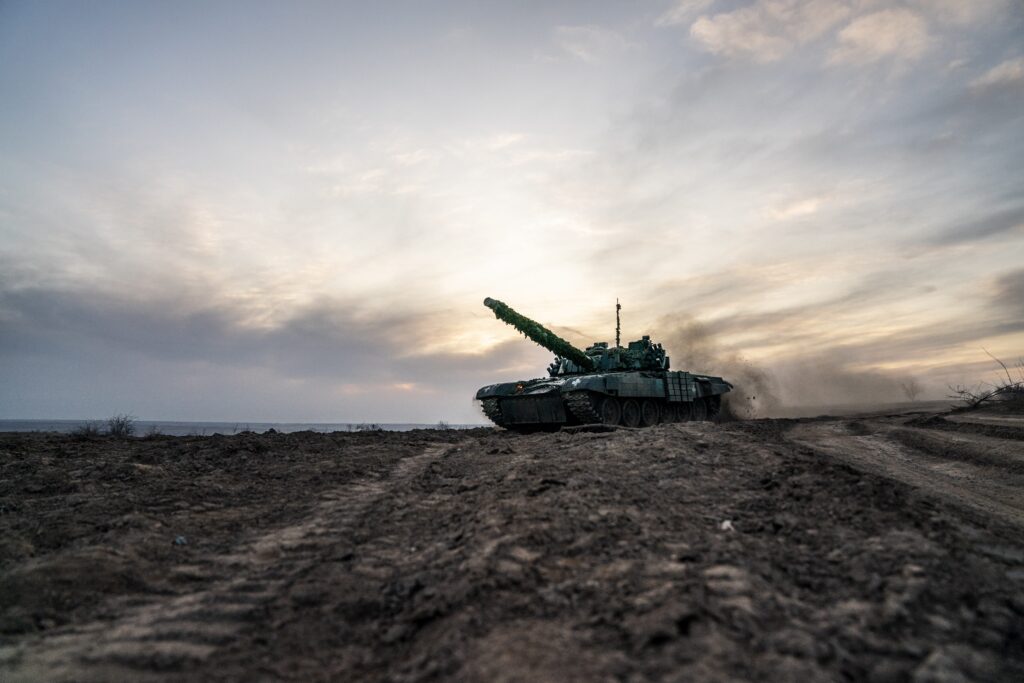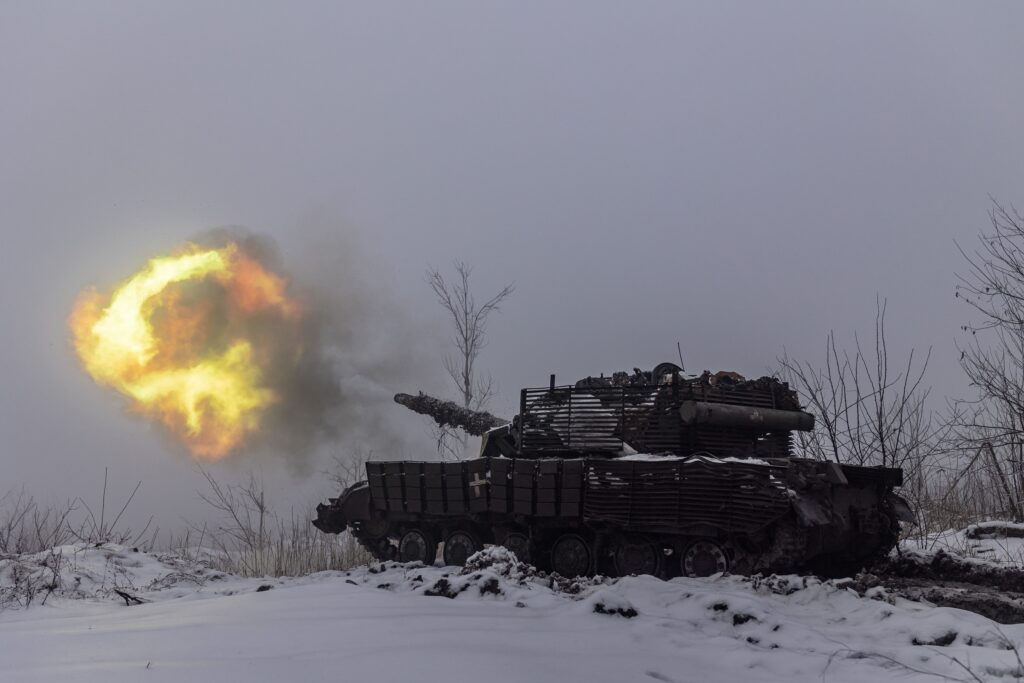- Russia has been increasing the number and size of its mechanized assaults in recent weeks.
- War experts suggest Russian forces could be hoping to overrun Ukrainian defenses before more Western aid arrives.
- Ukraine has so far fought off these assaults, despite very limited ammo and supplies.
Russian forces in recent weeks have been launching larger and more frequent mechanized assaults against Ukraine, suggesting they're hoping for a breakthrough before more Western aid eventually arrives.
But Ukraine has so far managed to fight off these assaults, which consist of infantry supported by armored assets, despite scraping the bottom of the barrel for ammunition, weapons, and supplies.
The assaults have happened in the past few weeks, with the first seemingly occurring on March 20, according to the Institute for the Study of War, a Washington DC-based think tank.
At the time, Ukrainian officials said that their troops repelled a large assault near Lyman, north of Bakhmut. Geolocated footage published by officials captured Ukrainian forces fighting off Russian armored vehicles in the area.
On March 30, Ukrainian forces near Tonenke, west of Avdiivka, appeared to have won a bigger victory, fighting off a battalion-sized Russian mechanized assault. A serviceman said that Ukraine destroyed 12 of the 36 Russian tanks and eight of the 12 BMP infantry fighting vehicles. Video footage showed some of the intense battle, including Russian tanks being devastated by anti-tank guided missiles.
That mechanized assault was the first of that size launched by the Russians since they began efforts to take Avdiivka last October. At that time, Russia was losing vehicles at astonishing rates — almost 50 tanks and over 100 armored vehicles just from October 19-20.
Then, on April 3, geolocated footage cited by ISW showed Ukrainian forces a platoon-sized mechanized assault near Terry. ISW noted that this appears to be a recent but different incident from the March 20 footage.
Mud and the potential for more weapons
There are a few different potential explanations for the sudden spike in mechanized assaults, war experts say.
"Russian forces may be intensifying mechanized assaults before muddy terrain becomes more pronounced in the spring and makes mechanized maneuver warfare more difficult," ISW said. Mud can be a notable hindrance on the battlefield in the spring and fall, and has been a concern previously, like when Ukraine was receiving Western-made tanks for its summer counteroffensive last year.
But these mechanized assaults could also be timed to make the most of Ukraine's current struggles, the think tank's analysts said.
"Russian forces may also be intensifying mechanized assaults to take advantage of Ukrainian materiel shortages before the arrival of expected Western security assistance," ISW said. Notably, the assaults appear to be happening generally at the same time as heightened missile and drone strikes, suggesting a joint effort by Russian forces.

For now, Ukraine has been able to endure these attacks. But it remains unclear if its forces can maintain their defense given limits on Western aid. Ukrainian officials, including President Volodymyr Zelenskyy, have stressed the desperate need for ammo and supplies over the past few months.
As ISW analysts noted in their reporting on the March 30 defeat of a Russian mechanized assault, "Ukrainian forces may have had to expend a significant amount of material to defend against the Russian assault." With supplies stretched thin, maintaining a strong defense indefinitely may not be possible.
Hope may be on the horizon, though, as some NATO allies rush aid packages to Ukraine and NATO officials discuss the potential for long-term, solidified support.
Progress is being seen in Congress, too, as House Speaker Mike Johnson is expected to bring forward the $60 billion in Ukraine aid for a vote. The measure passed in the Senate in February, but it remains unclear whether the aid to Ukraine will have enough votes in the House.
Ukraine needs the added support as soon as possible as it faces a Russia that has strengthened its war machine, put its industries on a war footing, and begun rebuilding its degraded forces.
On Wednesday, contrasting with some other assessments on the state of the Russian military, Deputy Secretary of State Kurt Campbell said that while Moscow had suffered setbacks in the war, it had now "almost completely" reconstituted its military capabilities.
